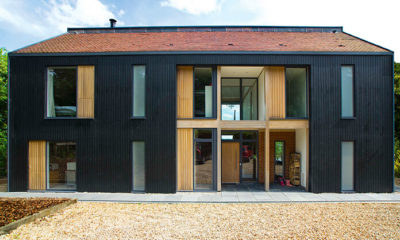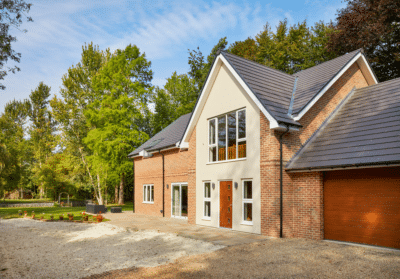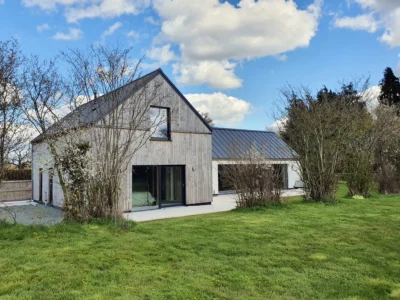Foundations & footings: avoiding the common issues
One of the most important parts of a project is to ensure you’re dealing with well-designed, properly-realised foundations.
Considering 30% of your build costs will be underground, there is a lot to think about. What’s more, the work will need to be thoroughly mapped out well before you can get underway.
Gathering information
A suitably-qualified professional such as an architect, engineer or surveyor would normally design the foundations (don’t just rely on your builder). A number of factors must be considered, so it’s worth investing time and money at this stage.
I’d strongly recommend having a soil survey on your site. This is often forgotten about or rejected as an unnecessary expense – but in my experience, this is not only a false economy but could lead to major issues later on. There’s a common phrase in the construction world: “money is either made or lost in the ground.”
Guided by your building professional, the examination could either use prior knowledge of the local area, take the form of a simple desktop study, or be based on specific site information. If none of these are available or there are other influences at play, a formal site investigation should be carried out to confirm the nature of the subsoil(s).
Depending on location, you may need to commission reports into evidence of radon, contamination or previous mining activity. In some instances, you might require arboricultural advice, especially if there are Tree Preservation Orders (TPOs) in place or specimens nearby on land owned by other parties.
The presence of groundwater should also be factored in. This can affect the foundation type and waterproofing – especially if you’re adding a basement, as there will be extra Building Regs and Building Standards requirements to meet. To enable construction, it may be possible to ‘dewater’ locally, for instance by pumping it away during the works.
Legislation such as the Party Wall Act and Construction Design Management Regulations might also need to be taken into account.
Failure to comply won’t just delay your build but could lead to financial penalties, fines or even a custodial sentence.
Designing the foundations
Once all the information is to hand, your team can draw up the foundation design. Generally, the aim is to use a simple, cost-effective strip or trench fill method – but there’s a traditional cut-off point of 3m deep, at which point a change in the type of foundation is likely to be considered.
This is partly due to the expense of the concrete you’d need, and partly for the health and safety of personnel working at depth.
Beyond 3m, piles or a reinforced concrete slab are likely to be the most viable options. There are many types of piling, but the most common are displacement and augured piles – both of which would be planned by a specialist contractor.
If trees are present, the design must accommodate them. In a cohesive (clay) soil, foundations may need to go deeper because of the possible presence of root systems – and should comply with Table 4.2 Building Near Trees in the NHBC Guide.
Removing specimens close to your proposed building shortly before construction can lead to heave (water released causes clay soil to expand), which could lead to long-term damage to any nearby houses.
Going on site
The design will need to be approved by the relevant building control body via a plan check. They will then visit the site for a final sign-off. I’d recommend the in-situ foundations are also reviewed and signed off by your chosen building professional (eg the house designer).
Use a competent groundworker who is adequately insured with an A-rated insurer. There could be hidden dangers underground such as utility cables, pipes and sewers that might need redirecting.
Damage caused to these can lead to multi-million pound claims – so always insist on seeing proof of the contractor’s insurance or a letter from their broker/insurer.
No matter how much you plan, it’s still possible to find unexpected issues – particularly close to other buildings or on brownfield plots. So it’s important to set aside a decent contingency in your budget.
On undeveloped greenfield sites, little will be known about conditions below ground. Traditionally you’d commission a small trial hole to confirm the soil type, combined with a percolation test to enable any soak away design to be carried out. If possible, your designer and building control inspector should be in attendance to agree a way forward.
With trench fill, your inspector and warranty provider will normally want to approve the excavations prior to the concrete pour. The trenches should be cleaned out, with the sides true and square, and any water that’s seeped in removed.
So be prepared to do some last minute work – and bear in mind that you may be asked to dig a little deeper if soil conditions aren’t quite as expected.
| Andy Butchers is a building surveyor with over 25 years’ experience in the construction industry. He is a Director of Build-Zone Survey Services.
He regularly shares his knowledge to help self builders and renovators avoid and overcome issues with their projects. You can read more expert advice from Andy by visiting Build It’s Self-Build Zone directory page. |
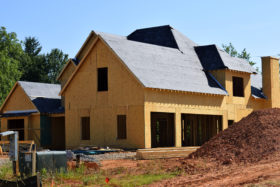
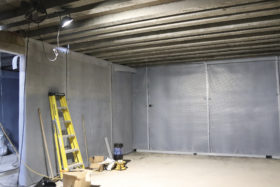






























































































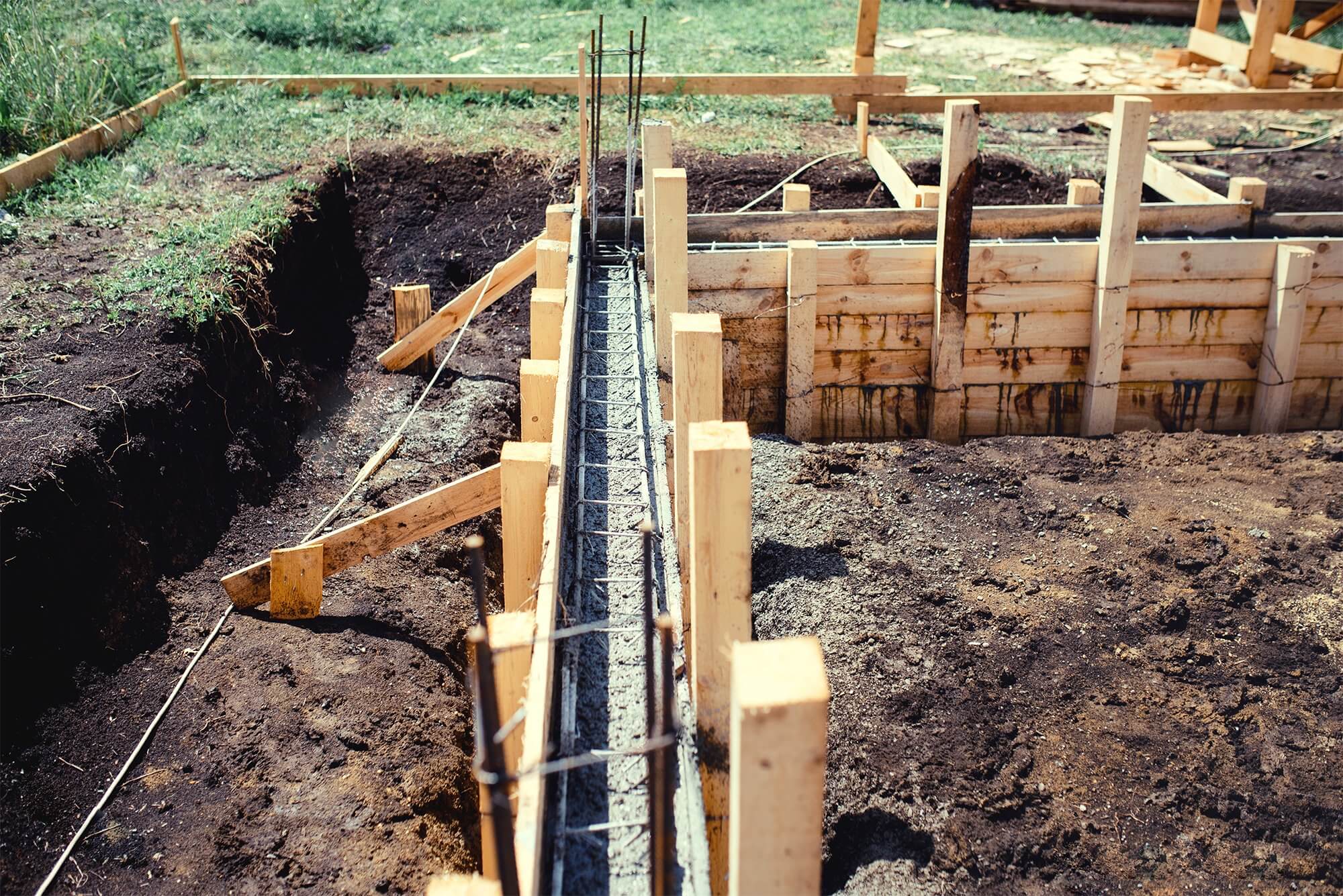
 Login/register to save Article for later
Login/register to save Article for later





